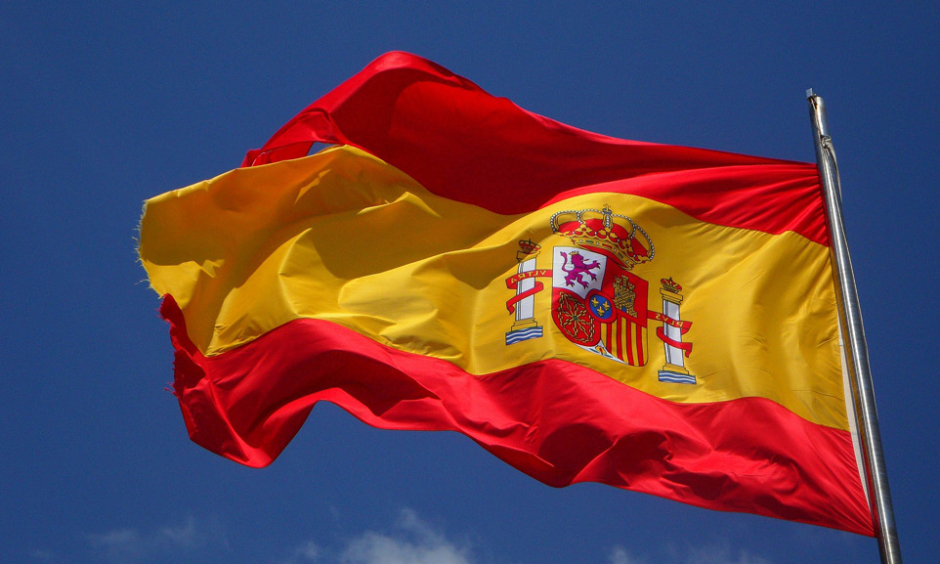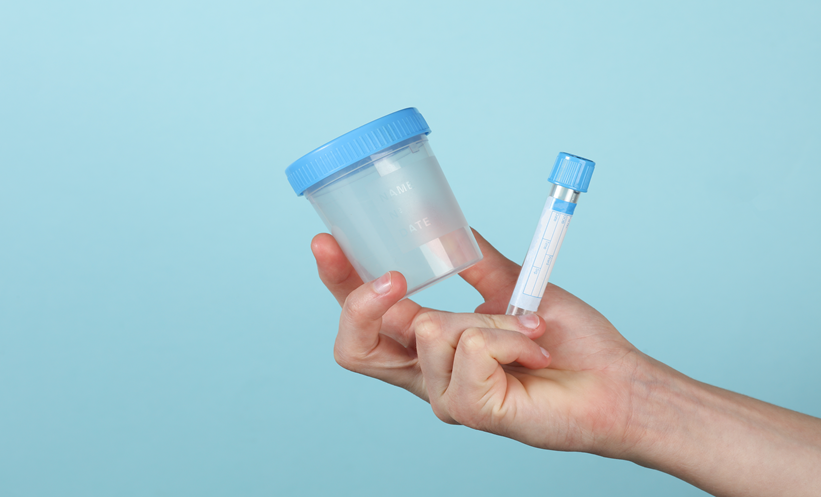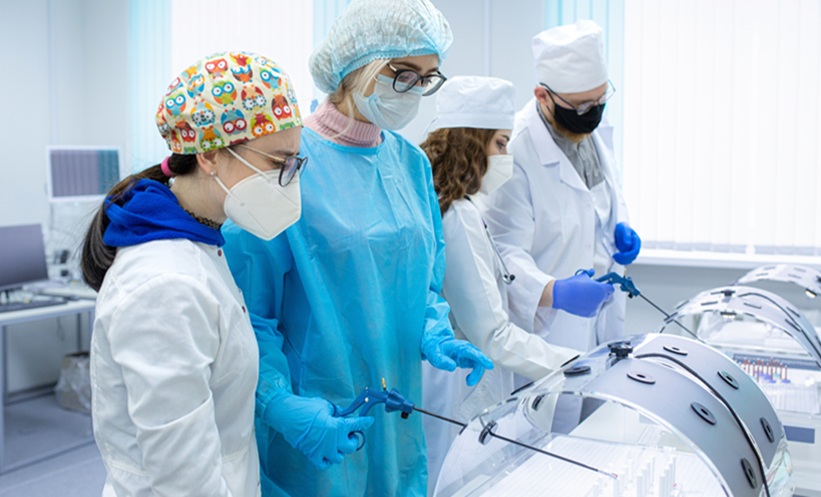It is rather poignant that this year’s EAU Congress was held in Barcelona, Spain, because it offers the opportunity to look back at the rich history of urology in the country. Some of urology’s founding fathers were born under the Spanish sun, and their influence remains significant despite the many technological advances of the discipline since their work was first published. In this special congress feature, we explore some of the most famous names in Spanish urological history to provide some context to the vast contributions of this year’s EAU hosts to this fascinating and continually evolving field of study.
JULIAN GUTIERREZ DE TOLEDO
Gutierrez de Toledo was a Spanish urologist whose works in the 1400s continue to be highly regarded by urologists for their accuracy and for the picture they paint of the urological field at that time. In 1494 he printed a Latin text presenting the prevalent opinions at the time of physicians including “Hippocrates, Galen, Avicenna, Razis, and all others”.1 In addition, he authored the earliest known printed text in the Castilian language, on the topic of “Cure of the stone and pain in the loin and/or renal colic”.2 This text presents a comprehensive report of the understanding of urological diseases in the Middle Ages and, interestingly, the teachings differ very little from our modern interpretation of these diseases; for example, his description of where a kidney stone may appear: “Sometimes at the beginning next to the kidney, sometimes in the narrow middle, sometimes in the mouth of the bladder neck, and sometimes in the pipe of the phallus.”1
FRANCISCO DIAZ
Truly one of the giants of the urology discipline, Diaz printed a number of texts in his lifetime that are considered to have shaped both historical and modern understandings of a variety of urological disorders and their treatment. His 1588 text ‘Tratado Nuevamente Impreso de Todas las Enfermedades de los Riñones, Vejiga y Carnosidades de la Verga y Urina, dividido entres libros’ (Newly printed treatise of all the diseases of the kidneys, bladder and carnosities of the phallus and urine, divided into three books) draws together both academic and practical information for physicians, surgeons, and students of anatomy.3 The text deals in particular with the treatment of strictures of the urethra, which Diaz strongly recommended be treated early using a tool named the ‘instrumento cisorio’, a device that cuts away protruding flesh of the urethra to avoid the unpleasant complication of urine suppression.3
In addition to its scientific validity, the language and syntax of the text itself provides a fascinating insight into Diaz’s life at the time. A study performed in 2003 discovered that 543 of the medical terms in the treatise were original contributions from Diaz, not found in contemporary lexical dictionaries.4 This demonstrates not only his unparalleled knowledge of the urological field at the time, but also the contributions he made to the progression of those ideas and their communication to a wide audience.4 Diaz’s significant contributions to urology are recognised in the Francisco Diaz medal, created by the Spanish Association of Urology in 1973 as an award for scientific, associative, or educational achievements.1
SALVADOR GIL VERNET
As we direct our gaze closer to modern times, another pre-eminent Spanish urologist stands out as an exceptional influence: Salvador Gil Vernet. Gil Vernet dedicated his life to the study of anatomy, with a focus on urological systems, in particular the purpose and function of each component of the prostate.5 Gil Vernet’s opinion was that an understanding of how anatomical systems work was the necessary expertise for any researcher, and that descriptions of the systems were not sufficient. His dedication to the discipline led to many advancements in the field and subsequent decoration with a myriad of awards and honours across his lifetime. Quite possibly his greatest achievement is his publication ‘Patología Urogenital’, widely considered one of the most prestigious Spanish contributions to urology. The text is split into three volumes, discussing, amongst a number of other topics, important discoveries regarding the prostate gland and prostate cancer, including the key role that is played by diet, race, and genetics in the development of prostate cancer, and the origin of malignant neoplasms in the prostate gland itself as opposed to regions of benign prostate hyperplasia.5
The contributions of Spanish scientists continue to play a vital role in the progression and advancement of our understanding of urological diseases and their treatment. The discoveries and achievements listed above firmly place Gutierrez de Toledo, Diaz, and Gil Vernet among the giants of urology, but what remains to be seen is: who’s next to join the ranks? With technological advancements getting more exciting every year, it is a great honour for the EMJ team to report on the EAU congress each year. We are already excited to be able to bring you more breaking news in next year’s Congress Review.








